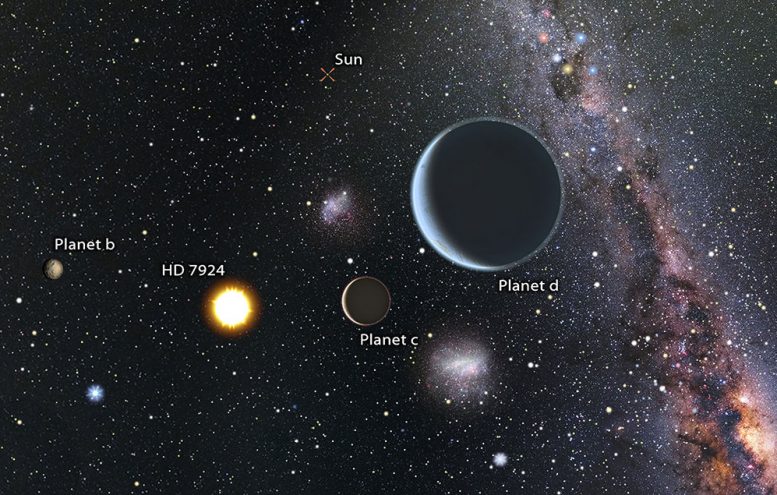
An artist’s conception of an exoplanetary system, in this case around the star HD7924, that hosts two super-Earths (objects c and d in the image). Astronomers have discovered a star with three super-Earths that transit, making them prime candidates for detailed atmospheric studies. Credit: Karen Teramura & BJ Fulton, UH IfA
Over 3500 extra-solar planets have been confirmed to date. Most of them were discovered using the transit method, and astronomers can combine the transit light curves with velocity wobble observations to determine the planet’s mass and radius, and thereby constrain its interior structure. The atmosphere can also be studied in transit by using the fact that the chemical composition of the atmosphere means its opacity varies with wavelength. By measuring the depth of the transit at different wavelengths, it is possible to infer the composition and temperature of the planet’s atmosphere.
CfA astronomers Joseph Rodriguez, Andrew Vanderburg, Jason Eastman, David Latham, and Samuel Quinn and their team of scientists discovered three small transiting planets orbiting the star GJ9827 which lies at a relatively close distance of 100 light-years. The three exoplanets have radii of about 1.6, 1.3, and 2.1 Earth-radii respectively. All of them are categorized as super-Earths, that is, with masses that are larger than Earth’s but less than Neptune’s. (Radial velocity measurements of the exoplanets, not included in this paper, have just been separately published and confirm this conclusion.)
GJ9827 is one of the few known stars to have multiple transiting terrestrial-sized exoplanets that are suited for atmospheric characterization. In fact, its three exoplanets are particularly interesting because two of them have radii between 1.5 and 2.0 Earth-radii. Across this range in radii, the composition of planets is expected to change from rocky to gaseous; moreover, there are relatively few such candidates for study. These planets orbit very close to the star, with periods of 1.2, 3.6, and 6.2 days respectively, and at these close distances, they have fairly hot temperatures, estimated at 1172, 811, and 680 degrees Kelvin. Future observations will probe their atmospheres and provide a much more detailed picture of this unusual family of super-Earths.
Reference: “A System of Three Super Earths Transiting the Late K-Dwarf GJ 9827 at 30 pc” by Joseph E. Rodriguez, Andrew Vanderburg, Jason D. Eastman, Andrew W. Mann, Ian J. M. Crossfield, David R. Ciardi, David W. Latham and Samuel N. Quinn, 19 January 2018, The Astronomical Journal.
DOI: 10.3847/1538-3881/aaa292



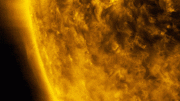
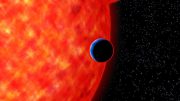


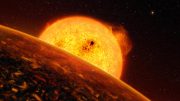
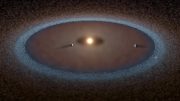
Super Earths can not support life as it is due to their size. Gravity must be greater than our planet, thus it can retain and hold harmful and poisonous gases. It needs to be the right size and right gravity to retain its mostly oxygen gas to help support a great variety of organic life forms as found here on Earth.